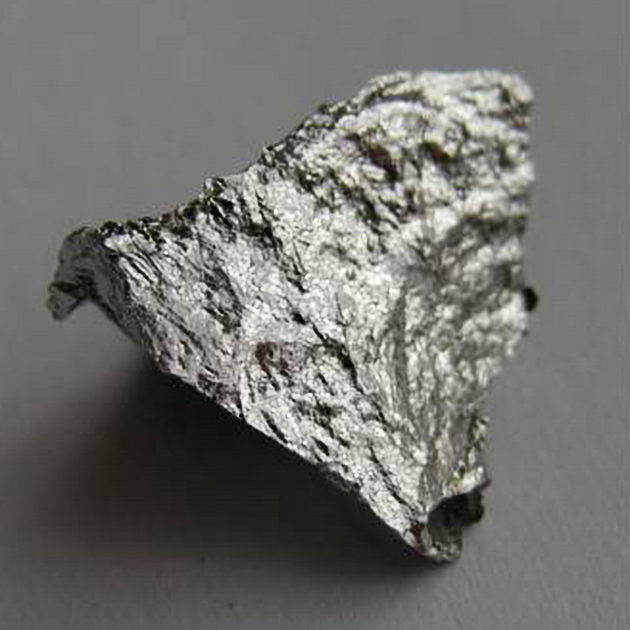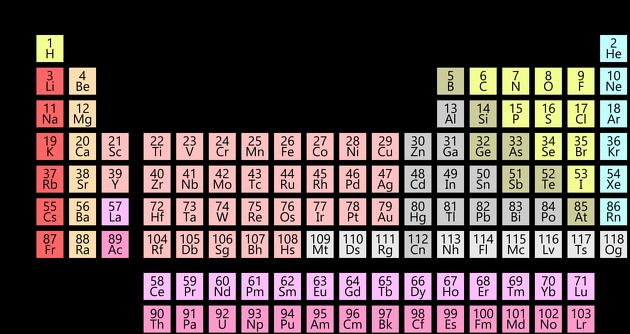Manganese (chemical symbol Mn) is one of the essential trace elements. It has an important biological role in the synthetic pathway for mucopolysaccharides, and it also is a cofactor for several enzymes.
On this page:
Chemistry
Basic chemistry
Manganese has the atomic number 25 with an atomic weight of 54.94. It is a transition metal.
Radiochemistry
Manganese-55 is the only stable isotope. There are a large number (almost 30) of unstable isotopes, with mass numbers ranging from 44 to 73 8.
Diet, absorption, transport and storage
In the normal human diet, manganese is primarily found in grains, legumes, nuts, fruits and vegetables 3. Enteral manganese is poorly absorbed in the small bowel; variance in oral bioavailability may occur with iron deficiency anemia (increased absorption) and high dietary calcium (decreased absorption). After absorption manganese is distributed widely, circulating primarily bound to erythrocytic hemoglobin.
After transport-mediated hepatocyte uptake manganese is concentrated in bile and subsequently eliminated in the feces.
Biological function
Manganese is incorporated in numerous metalloproteins involved in lipid, amino acid, and carbohydrate metabolism, and its presence is required for the function of several enzymes of biologic importance, including 10:
superoxide dismutase
xanthine oxidanse
glutamine synthase
arginase
HMG CoA reductase
Deficiency
Deficiency is rare and sparsely reported, although the associated clinical features have been reported in studies of dietary manganese deprivation and include:
dermatitis 11
hypercalcemia, hyperphosphatemia
dyslipidemia
Toxicity
Toxicity, referred to as manganism, most commonly occurs with occupational exposure to manganese dusts or fumes, and is classically a delayed-onset movement disorder with prominent extrapyramidal features.
Radiological importance
Manganese shortens T2 relaxation time, therefore solutions that contain manganese, such as pineapple juice, are used as negative oral contrast agents in MRCP 6.
Manganese shortens T1 relaxation time, thus manganese-based intravenous contrast agents are being investigated as an alternative to gadolinium-based contrast for MRI 7.






 Unable to process the form. Check for errors and try again.
Unable to process the form. Check for errors and try again.